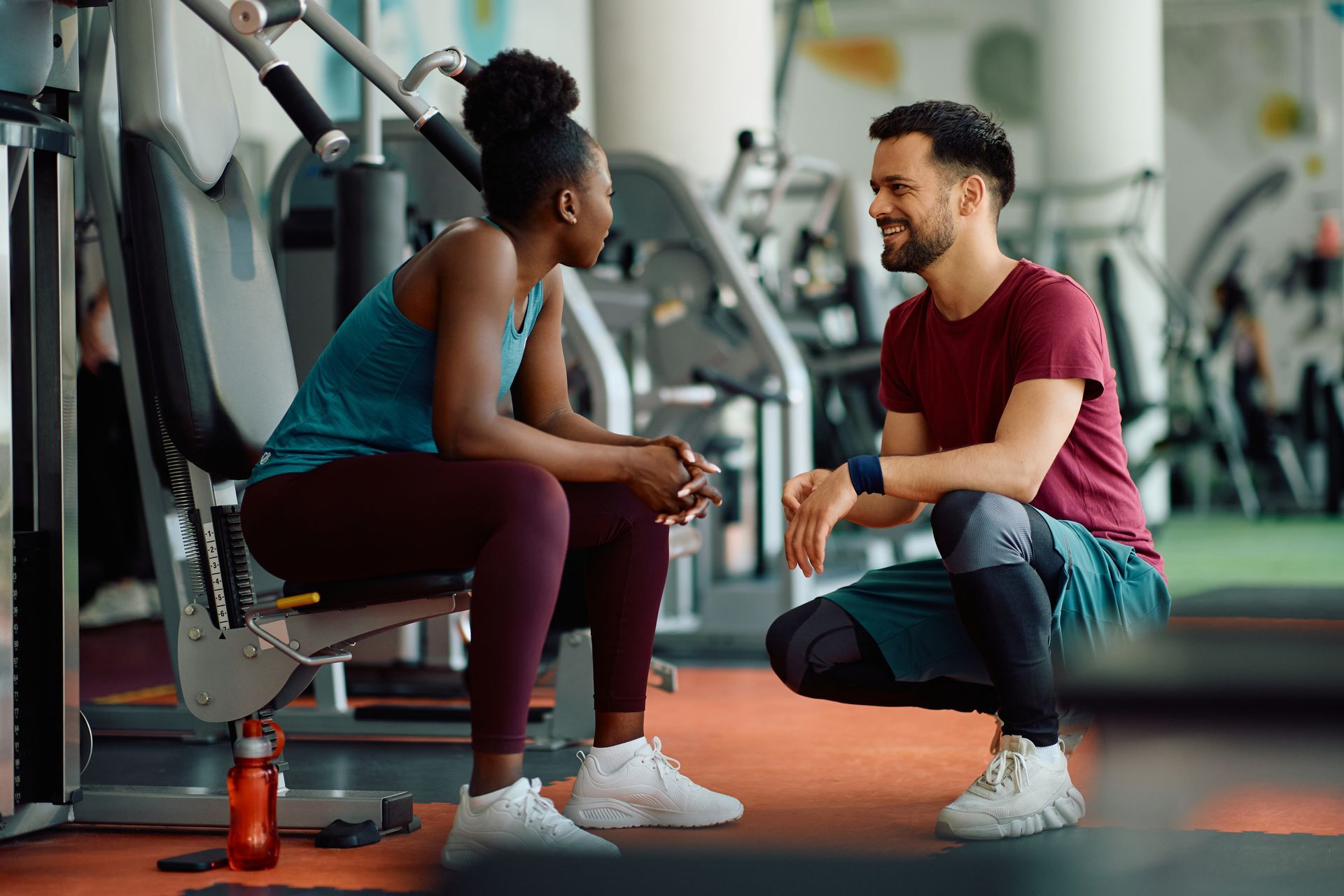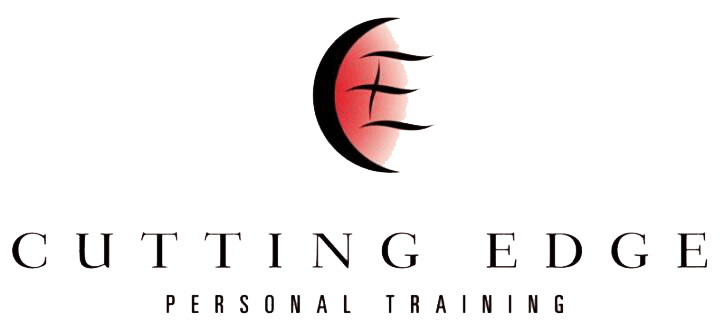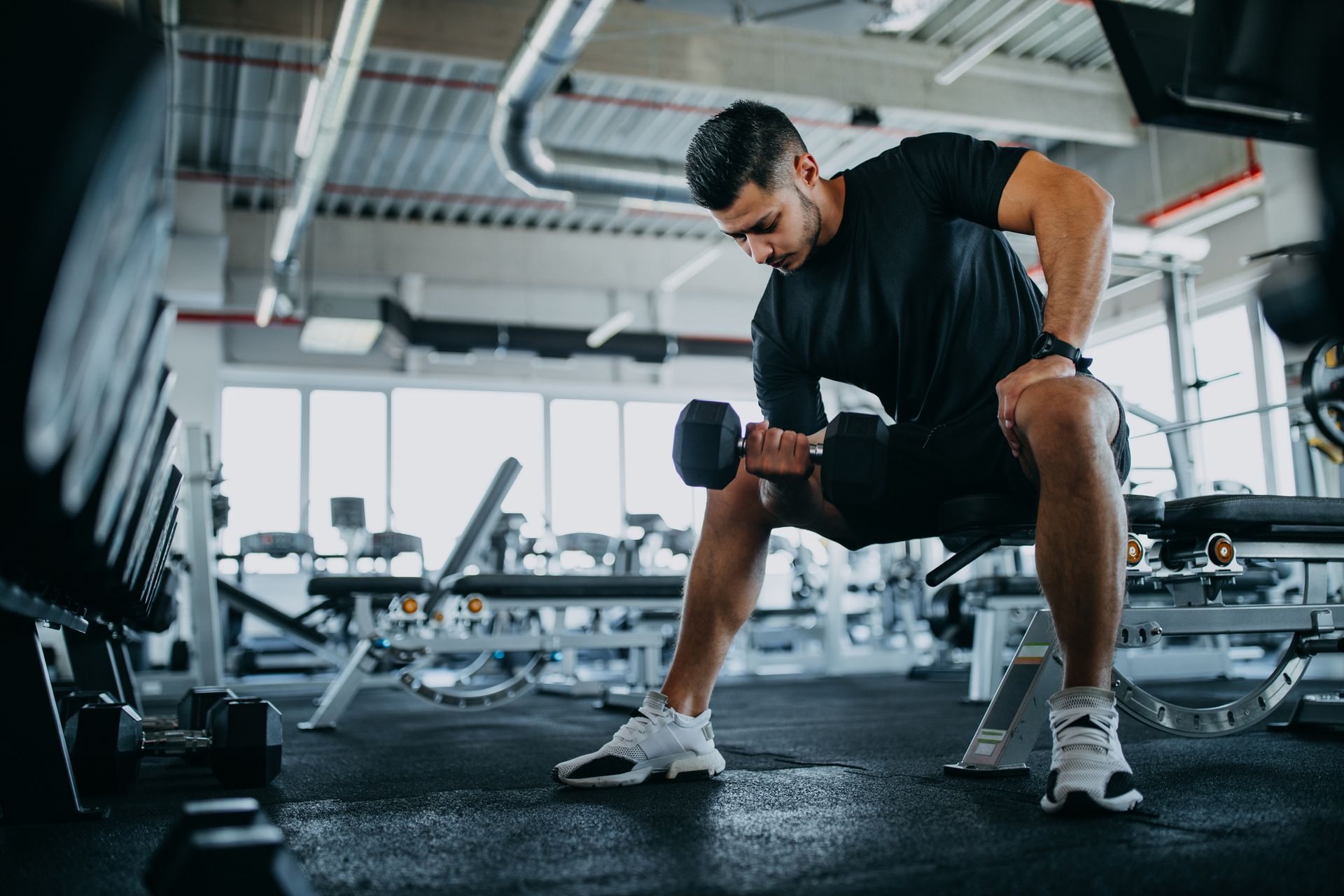November 22, 2022
Why Do You Want To Be Fit?
How do fitness and being physically active impact our lives? And more importantly, why do we want to be fit in the first place? Learn more!
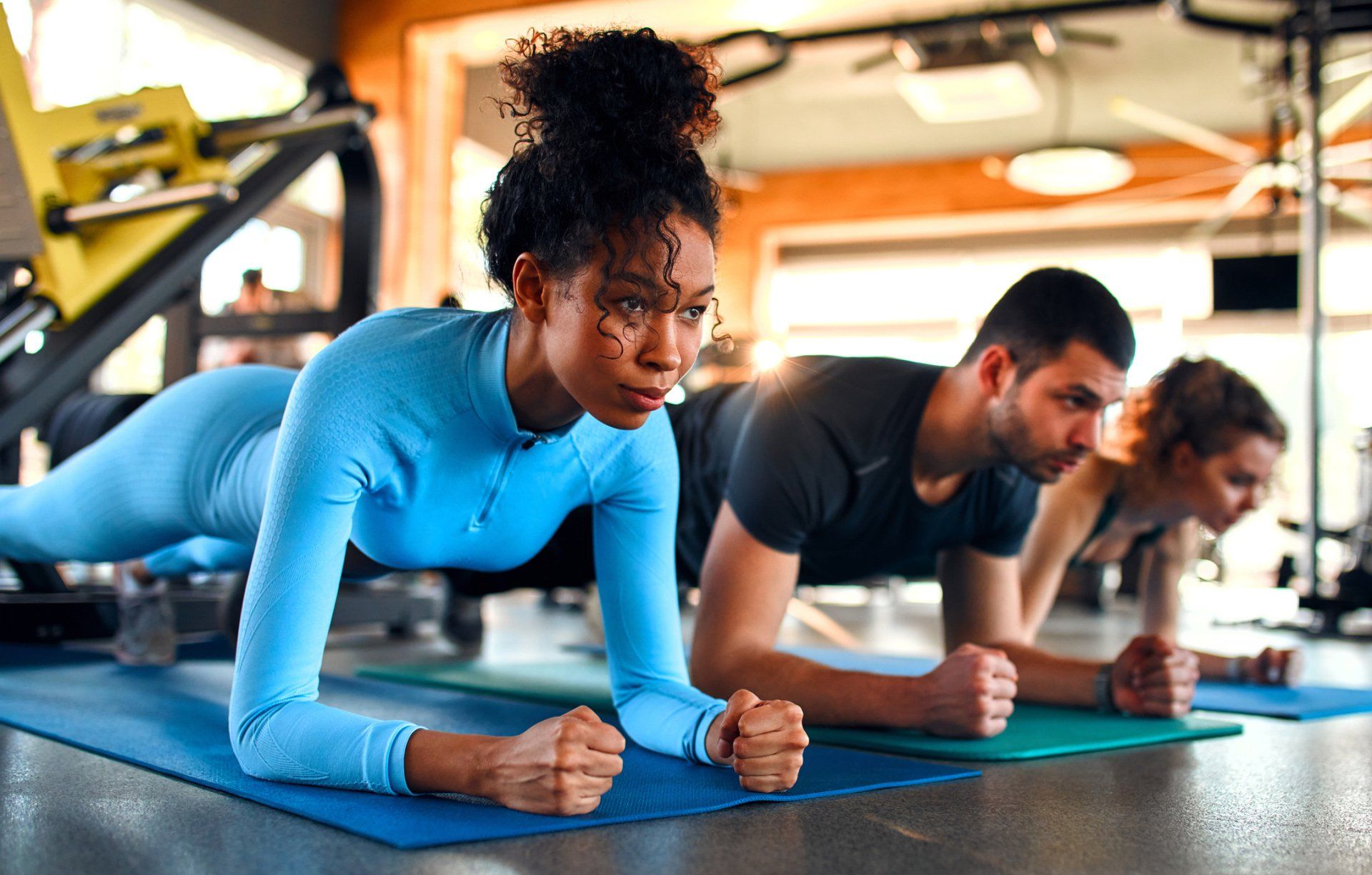
What is it that drives you to seek fitness? Is it the way you look and feel after a workout, radiating with energy and an inner glow?
Is it the sense of accomplishment you feel when you finally master that new move or achieve your goals?
Or is it something deeper – a connection to your authentic self, forged through movement and breath?
Whatever the reason, one thing is clear – being fit matters. And why wouldn’t it?
After all, when we’re fit, everything just seems to fall into place.
Life feels good on every level.
So let’s explore what fitness means to us – and how we can make it a lifelong habit.
External Validation
Some people go to the gym for the sake of being externally validated. They want to feel like people are noticing their progress and that they're becoming someone that is more physically appealing.
And well, while the modern day narrative will tell you that shouldn’t be the main reason to take care of yourself, it is in fact important for people for a number of reasons.
First, it can help people feel good about themselves. When people receive compliments or other forms of positive feedback from others, it can boost their self-esteem and make them feel better about themselves.
Second, external validation can help people feel like they belong. (this is the third primal human need, after survival and safety!). When people feel like they belong to a group or community, it can make them feel more connected and engaged.
Lastly, external validation can help people make better decisions. When people receive input from others, it can help them to better understand their options and make more informed decisions.
Self-Confidence
Some people go to the gym to train in order to have more self-confidence. For these people, the gym is not just a place to get physical exercise, but it is also a place to build that confidence and develop a positive outlook on life. They feel that if they can accomplish something physically, then they can transfer that success to other areas of their life.
They see the gym as a place where they can test their limits and boundaries and push themselves further than they thought possible. This type of training builds mental toughness and grit, qualities that are essential for success in any area of life.
Then there is the other layer of confidence. The one you develop between you and your body
Imagine this - you come home after a long day. Throughout the day, you’ve done a lot. Each and every part of your body is filled with blood and you’re energized. You take your clothes off before going to bed and you look into the mirror.
This is the ultimate in vulnerability that will display your self-confidence. Naked. Nothing on or around you to mask or hide anything. No fancy watches. No nice clothes. No expensive cars. No distractions. Just you and your body.
Now, imagine doing that regularly and seeing that you are looking better by the day. What kind of effect do you think all the hard work you put in and seeing the results you are earning would have on your level of self-confidence?
But Mostly… Procreation.
Now, last but not least, we just HAVE to talk about how things work in the brain.
The brain is constantly making judgments about the people we see around us, and one of the things it takes into account is physical fitness.
From an evolutionary standpoint, it makes sense that the brain would be wired to prefer mates who are physically fit and able to produce healthy offspring. After all, good genes are essential for survival, and a fit body is a sign of good genes.
Of course, not everyone is attracted to the same type of body, but the general preference for fitness is hardwired into our brains.
Perhaps, this is why each and every one of us subconsciously leans toward fitness…Because ultimately, we’re made up of trillions of cells, all working towards a common goal - procreation.
So, listen up… next time you see someone with a great body, remember that it's not just you - your brain is recognizing a prime mate!
Final Thoughts
People want to be fit for a variety of reasons. Some people want to feel better about themselves, others want to set an example for their children, and still, others want to improve their health.
No matter what the reason, there are countless benefits to being fit that can help improve our lives in many ways. So make sure to stick to your fitness habits and bring good health and a good shape way into your later years!
